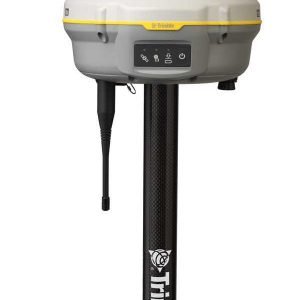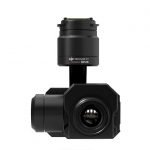SciAps Z-200 C+ Handheld LIBS Analyzer
7,000.00$
The Essentials for Carbon Analysis in Alloys with Handheld LIBS
- High-purity Argon and Purge
- High Laser Pulse Energy and Frequency
- Laser Raster
Description
SciAps Z-200 C+ Handheld LIBS Analyzer
Description
The SciAps Z-200 C+ is a dedicated analyzer for alloy analysis including carbon content. It analyzes carbon content in stainless, down to 0.007 percent, for dependable separation of L and H grades. The C+ also analyzes carbon steels, including carbon equivalents (CE) for weldability. The analyzer is available in two versions. The Z-200 C comes with iron-base calibrations including carbon. The Z-200 C+ includes both iron and stainless bases and carbon. Additional bases may be added at time of purchase or any later date. Following in the tradition of our defy-obsolescence principle, any Z-200 or Z-200 C may be upgraded to the Z-200 C+ at any time for the price difference.
The Z uses the technique laser induced breakdown spectroscopy (LIBS), which has many similarities to spark OES. LIBS has been an established laboratory technique for 20+ years. It fires a pulsed laser at the material to create a plasma, instead of a continuous electric spark like spark OES. Light from the plasma is measured with an on-board spectrometer to determine individual wavelengths and thus what elements are present. The elemental content is quantified via onboard calibrations.
High resolution is critical. The Z-200 C+ is equipped with a dedicated third spectrometer optimized for the best wavelength resolution around the carbon line. Due to the many nearby iron lines, resolution better than 0.080 nm is a must. Powerful laser – onboard argon purge – high resolution spectrometer. It’s the key to rock solid, in-field carbon analysis for alloys.
SciAps Z-200 C+ Handheld LIBS Analyzer
The Essentials for Carbon Analysis in Alloys with Handheld LIBS
1. High-purity Argon and Purge
Argon purge is essential for quantitative analysis with LIBS and OES, and for carbon it’s critical. SciAps patented argon purge technique for LIBS is a key component for measuring carbon accurately, and at the concentration levels needed for L-grade stainless. The laser beam is about 100 um in diameter, thus a very small purge volume is needed for the argon purge. The Z uses about 1,000 times less argon than a spark OES, so that the argon source is a user-replaceable canister located in the Z’s handle. Operators can analyze up to 600 samples with the argon canister for most alloy testing, and 125-200 samples for carbon analysis. Carbon analysis requires averaging of several tests.
2. High Laser Pulse Energy and Frequency
The SciAps laser delivers 5-6 mJ/pulse on the sample, with a 50 Hz repetition rate. As any spark OES user knows, sample prep is critical for carbon analysis. The high energy and high rep rate laser (50 Hz) rapidly burns off surface contamination in order to get a good analysis. A good grind and a good pre-burn is as critical for LIBS analysis as it is for spark OES.
3. Laser Raster
Rastering is a must for accurate carbon tests with LIBS. The laser is typically 100 um diameter beam and even the best sample prep may not completely remove surface contamination on this distance scale. The Z moves the laser to 6 distinct locations and analyzes each spot for 0.5 seconds, for a 3 second test. The carbon algorithm then examines the resulting data from each location and can (optionally) reject test data with significant point-by-point discrepancies. The analyzer can be setup for manual or auto burn rejection. If a burn is rejected, the analyzer notifies the operator.
































